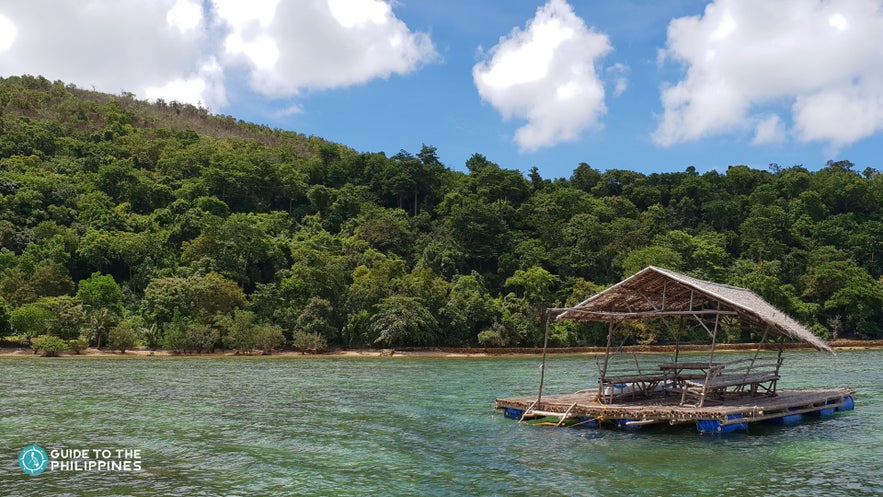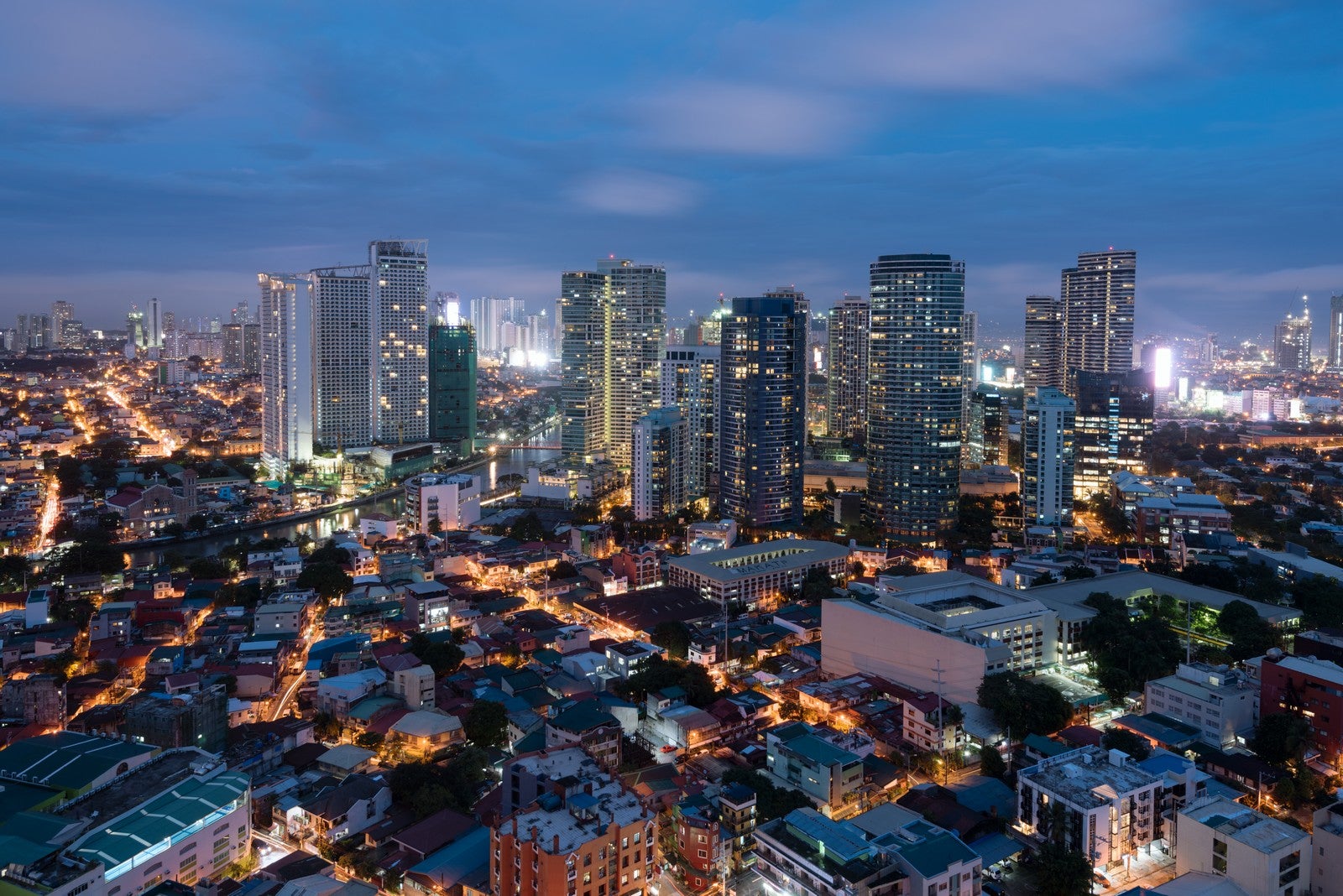
Tucked away in the stunning Calamian Islands of Palawan, Culion Island is a destination rich in history, natural beauty, and cultural significance.
Once known as the world’s largest leper colony during the American colonial period, Culion Island has transformed into a thriving community with well-preserved heritage sites, pristine beaches, and breathtaking dive spots.
Despite being less visited compared to its neighbor, Coron town, Culion Island offers a unique and off-the-beaten-path experience for travelers looking to explore the hidden wonders of Palawan.
What to See and Experience
Culion Island’s historic charm is evident in its well-preserved Culion Church, originally built as part of a Spanish fort in the 1700s. Nearby, the Culion Museum and Archives offers a fascinating glimpse into the island’s past, showcasing medical records, artifacts, and personal stories from when the island served as a leprosarium. Walking through the town’s quiet streets, visitors can admire colonial-era structures that stand as reminders of the island’s resilience.
Beyond its historical landmarks, Culion Island is also a paradise for nature lovers and adventure seekers. Its crystal-clear waters, untouched coral reefs, and diverse marine life make it a fantastic destination for snorkeling and diving. The waters surrounding the island are teeming with vibrant coral gardens and various species of fish, making it a hidden gem for underwater exploration.
For those seeking a relaxing escape, the island’s serene beaches, such as Malcapuya Beach and Ditaytayan Island, offer powdery white sand and stunning coastal views.
Culion Island is often included in Coron tours, as it is just a short boat ride away from the town. Some Coron island-hopping tours include Culion as a stop, allowing visitors to experience its historical sites before continuing to other breathtaking islands in Palawan.
Travelers looking for a more immersive experience can opt for Coron tour packages that include both Coron town's top attractions and Culion Island, offering the perfect mix of history, nature, and adventure.
How to Get There
Culion Island is accessible from Coron town, with boat transfers taking approximately one to two hours depending on sea conditions. Travelers can take flights to Busuanga Airport (Francisco B. Reyes Airport) from Manila or Cebu Cities, then take a van transfer to Coron town proper, where boats to Culion Island are available. There are Palawan Island tours that offer guided trips to Culion, making it easy for visitors to explore the island’s historical and natural attractions.
Best Time to Visit
The best time to visit Culion Island is during the dry season, from November to May, when the seas are calm and the weather is perfect for island-hopping and sightseeing. Travelers who want to maximize their experience can book Palawan Island tour packages that include Coron town, Culion, and other must-visit destinations in the region.
Whether you’re a history enthusiast, an underwater explorer, or someone seeking a peaceful island retreat, Culion offers a truly unique and enriching experience in the heart of Palawan.









